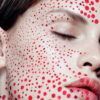
A polite person will never be too lazy to say “thank you” once again in gratitude for help or a service rendered. It has long been customary in the service industry that expressions of gratitude often take a quite tangible, material form.
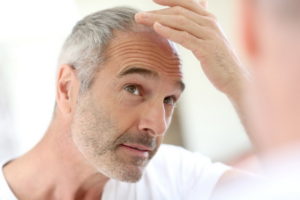
The decisive factor in the appearance of gray hair is heredity. Hair loss is a serious problem that concerns both women and men. So how can one stop the process of graying and hair loss?
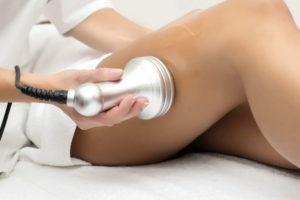
Diet and an active lifestyle help reduce weight, but when it comes to local fat deposits that “decorate” almost every person’s figure, they are powerless. This problem can be effectively solved with the help of the latest hardware techniques.
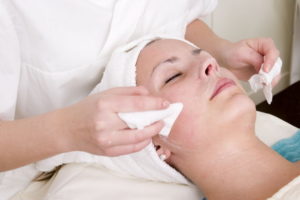
A hygienic facial cleansing is not a strict template but rather a broad field for the cosmetologist’s creativity, allowing the procedure to be tailored to the client’s skin needs and to lay a solid foundation for subsequent cosmetic programs.
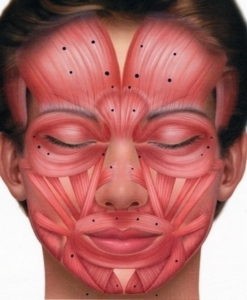
Sample informed consent form for the administration of Botox.

Every cosmetologist would like clients to support and enhance the professional work done in the salon with proper home care. However, clients do not always know the rules of effective skincare. This article provides expert recommendations on how to care for the skin correctly.
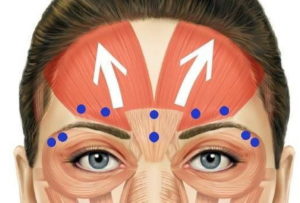
Article under preparation This article is currently available only in Russian. You can switch the language in the top language bar to view the Russian version, or check back soon — the English translation will be available shortly.

Experienced hairdressers easily navigate hair shades and dye palettes that sometimes include more than a hundred nuances. What enables them to accurately determine hair color — cosmetic or natural? Special skills and… knowledge, of course.

A cosmetologist’s arsenal includes many tools and procedures aimed at correcting the external signs of aging. But what exactly can be considered these signs? Cosmetologists primarily focus on wrinkles. But what do clients themselves notice? Which “signs” are the most important to them?

In their practice, a cosmetologist will not just “possibly, someday” encounter an HIV-positive patient — they definitely will, if they haven’t already. And here it is crucial to immediately understand what you are dealing with, both to help the patient and to avoid becoming one yourself.







